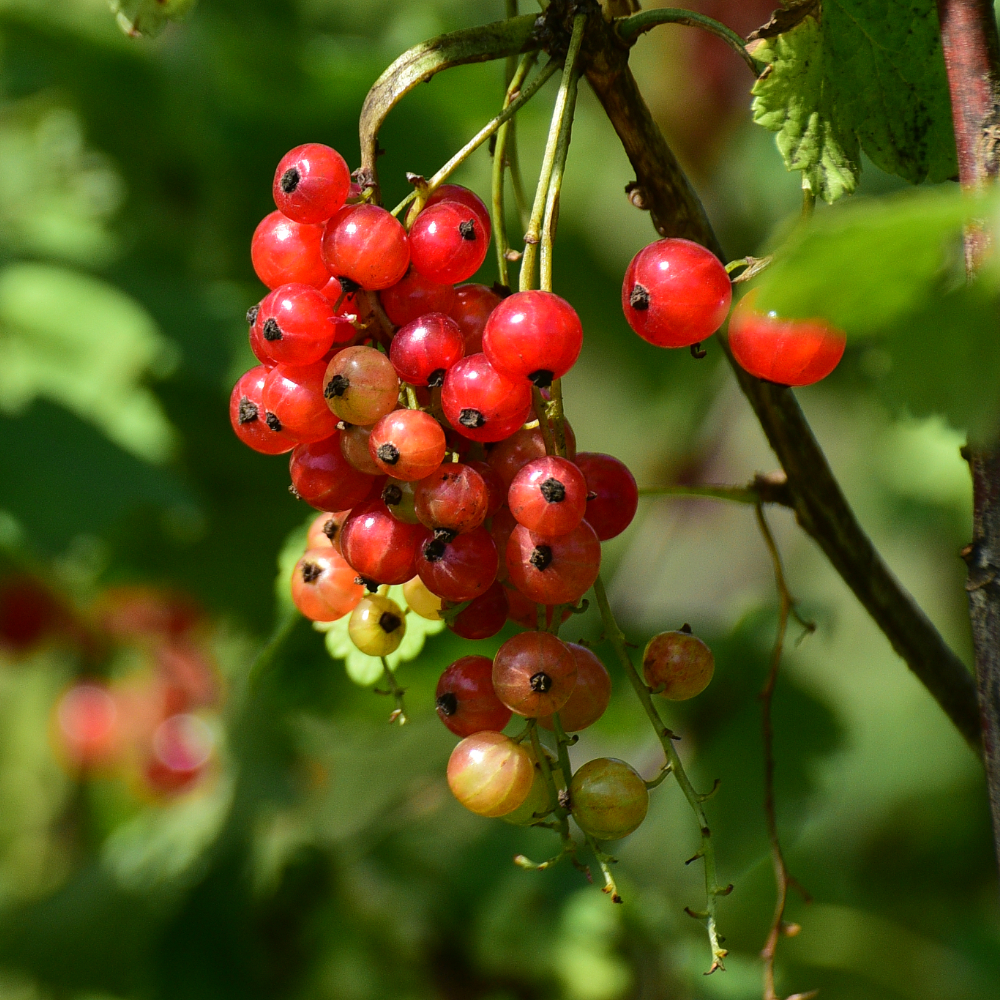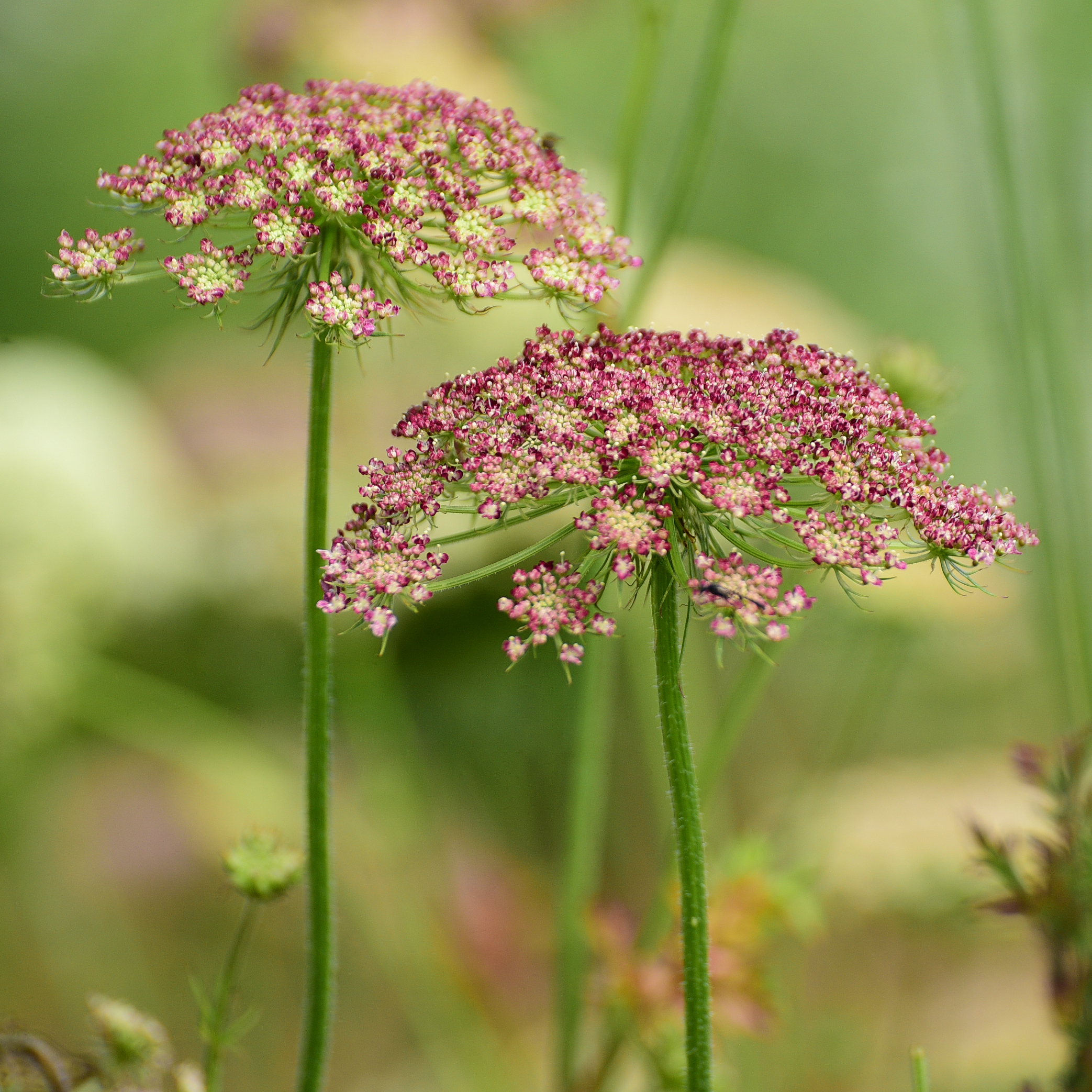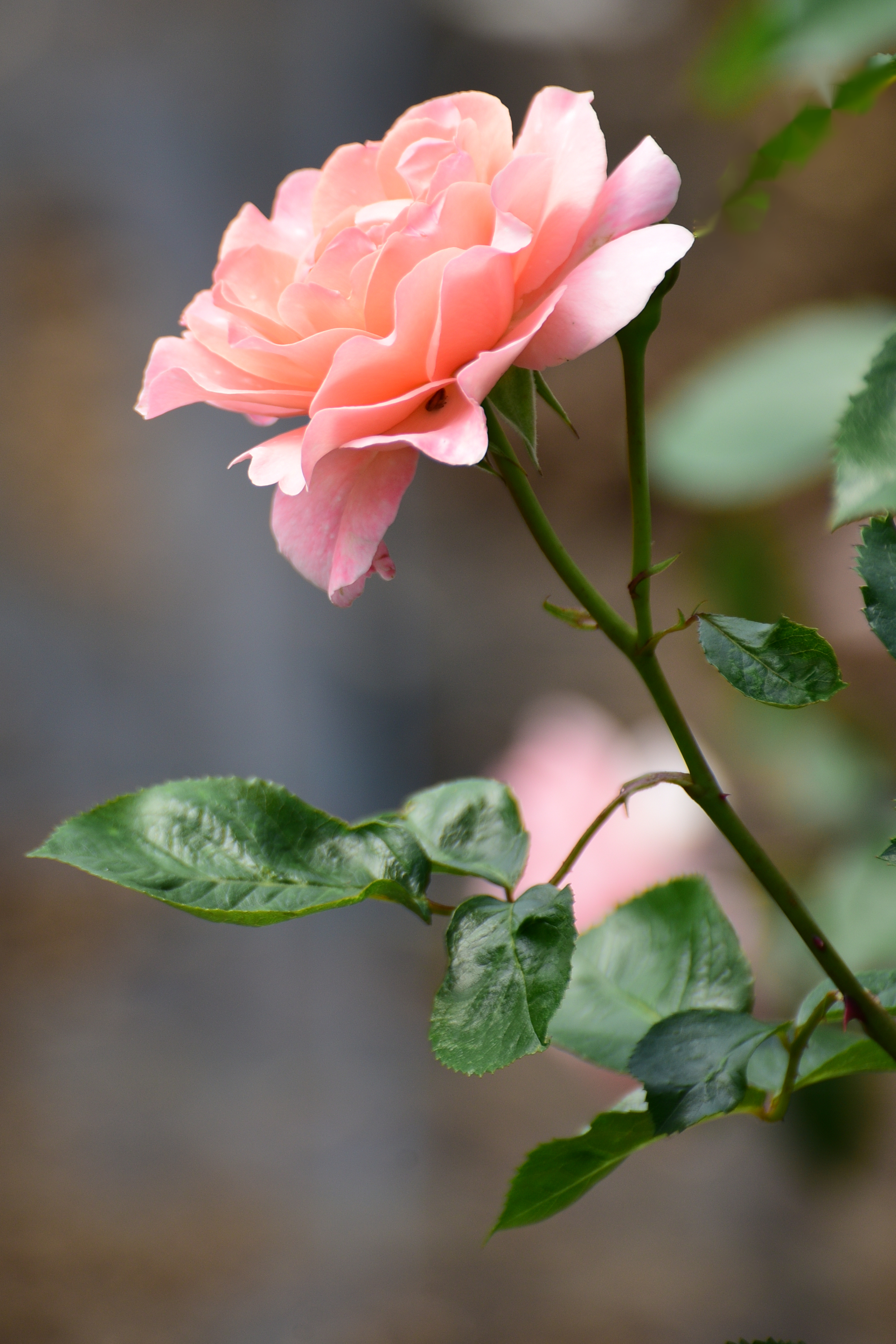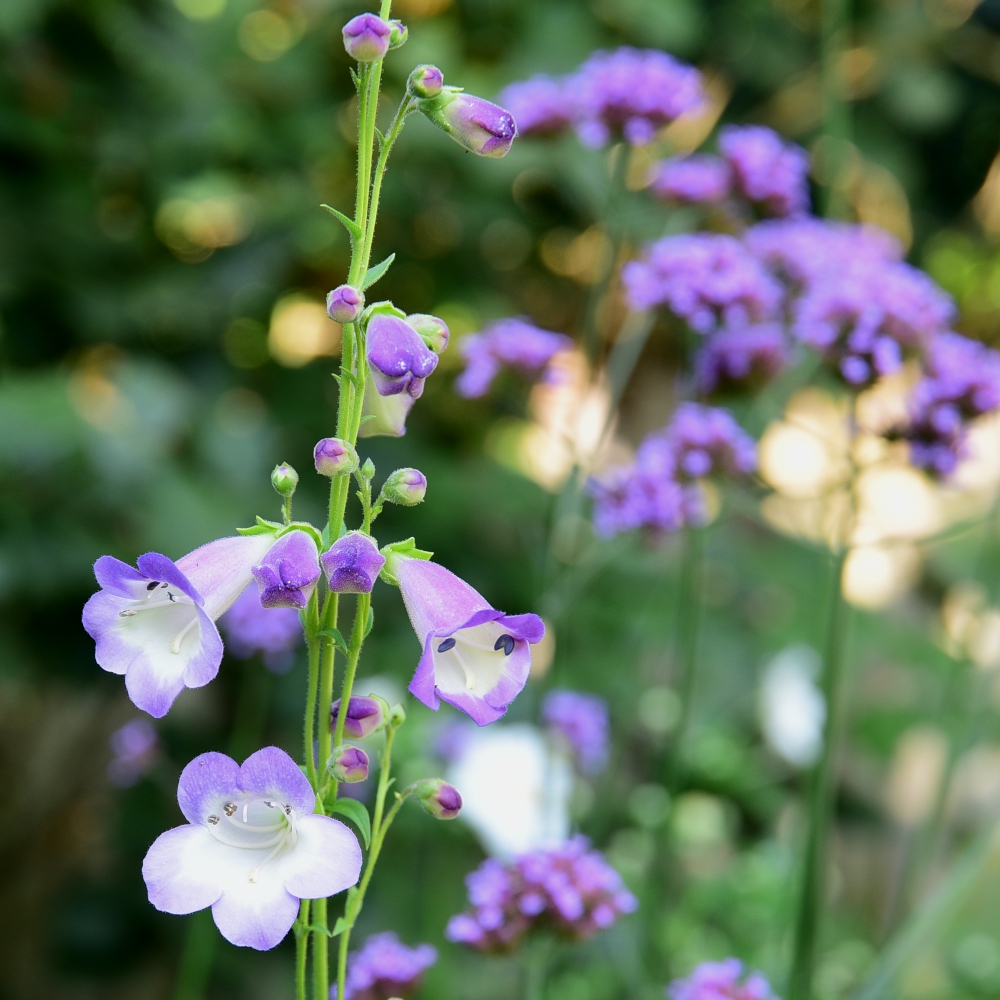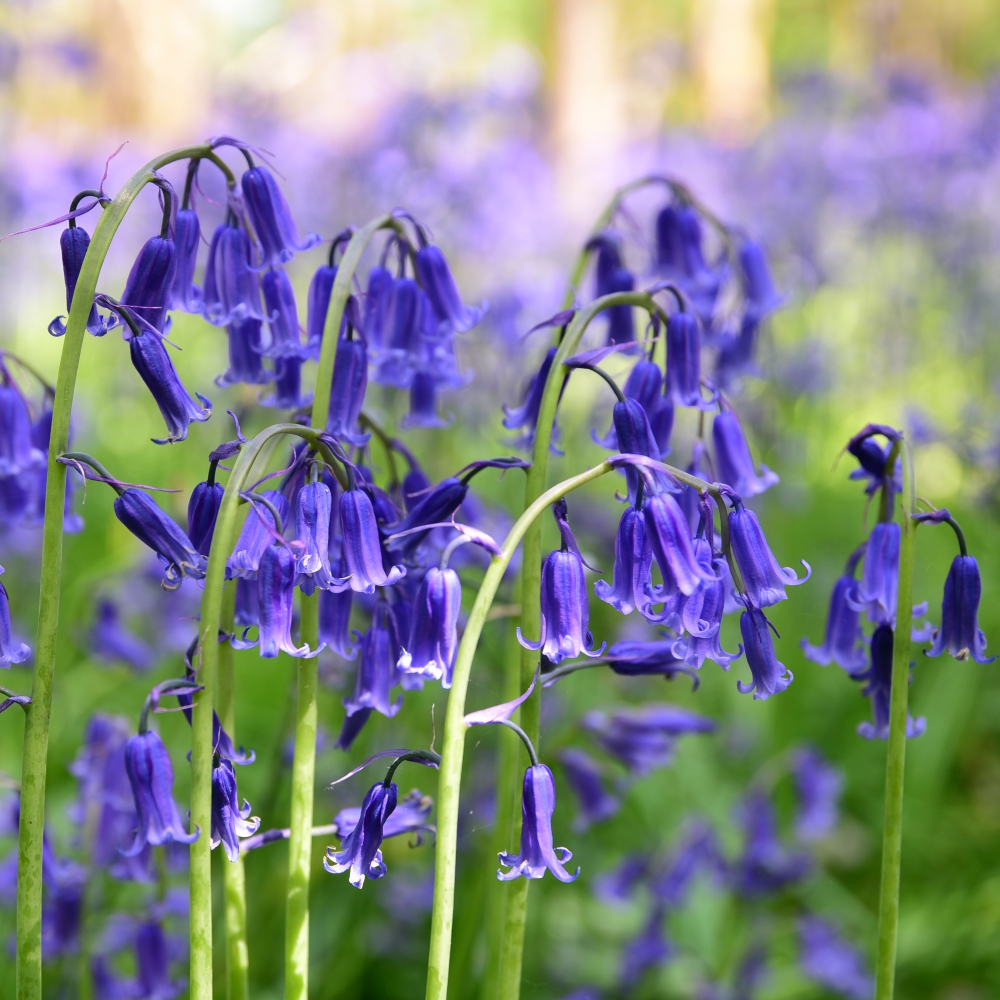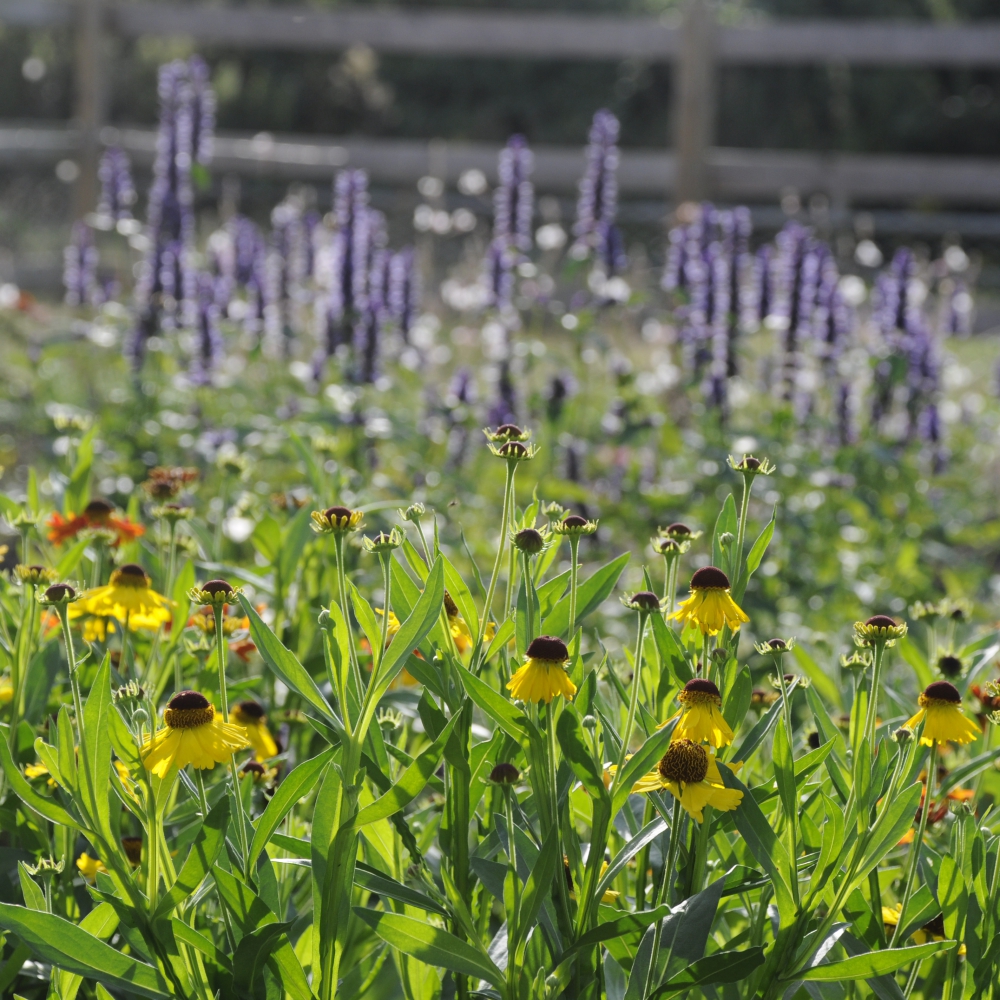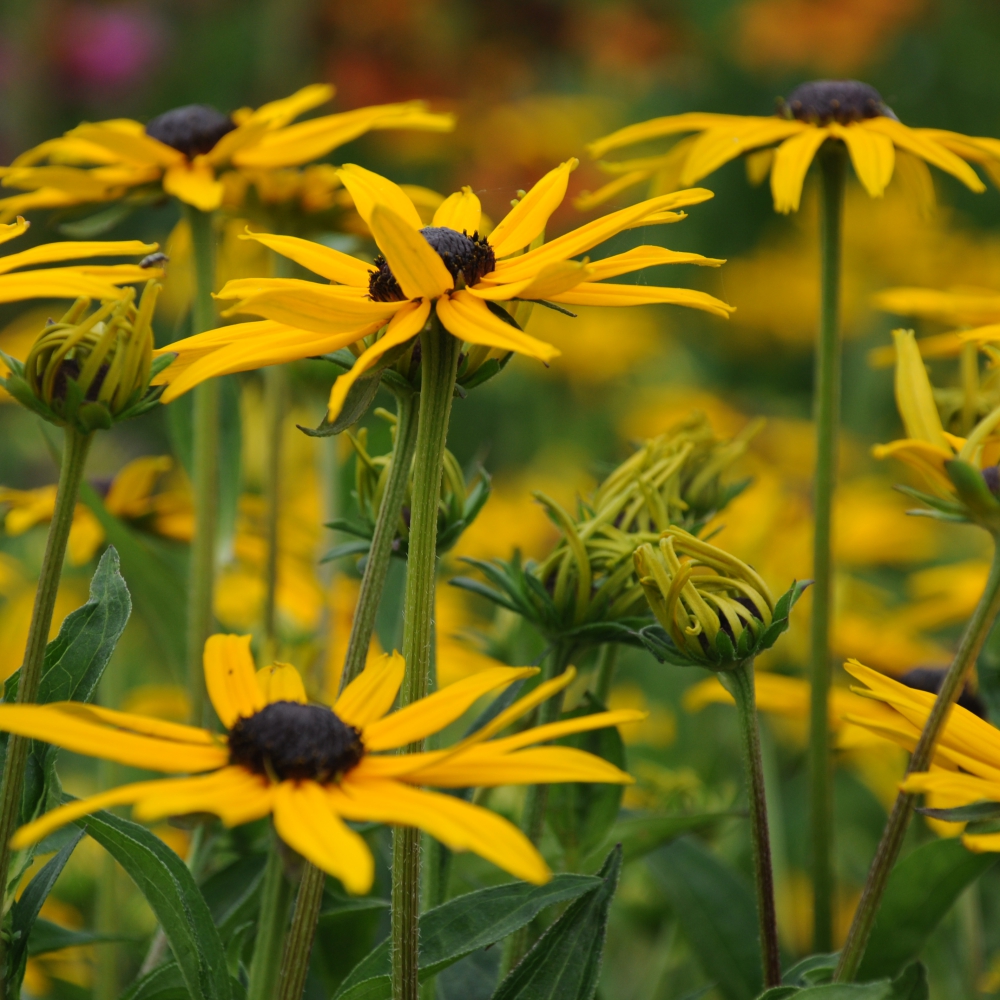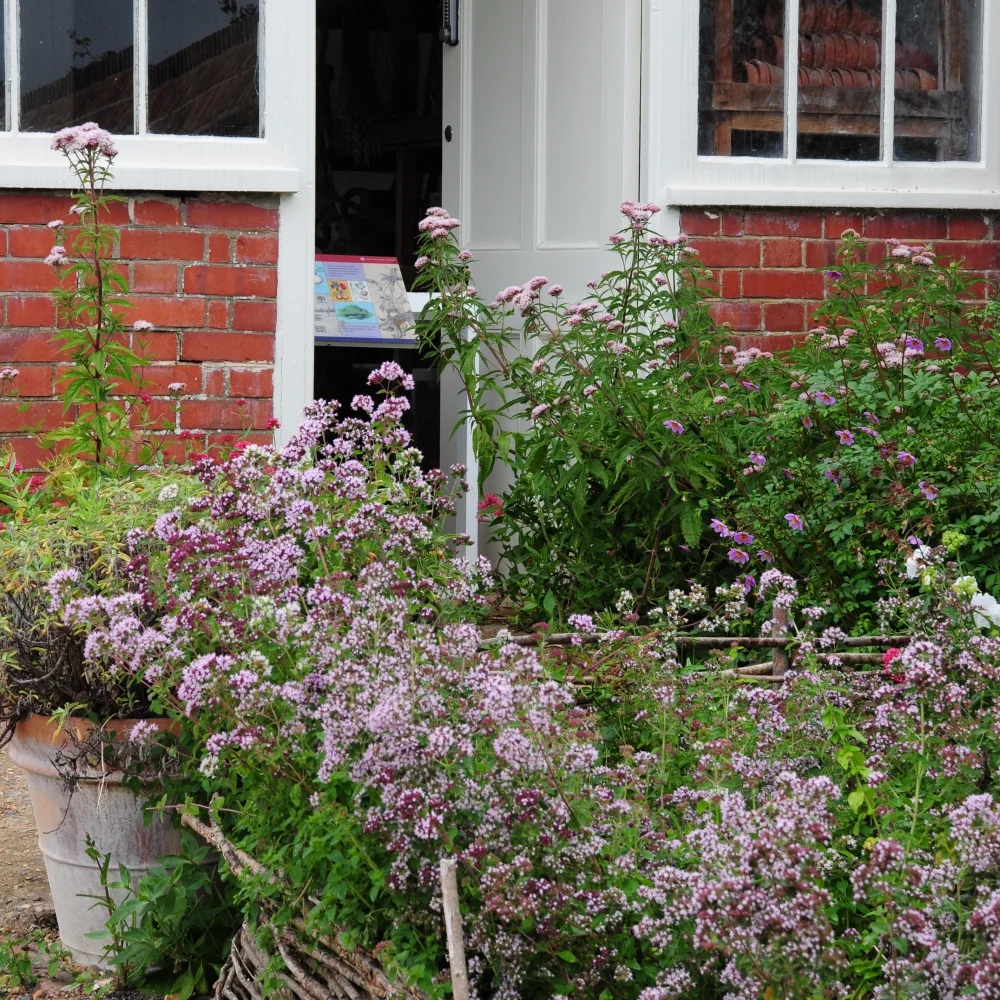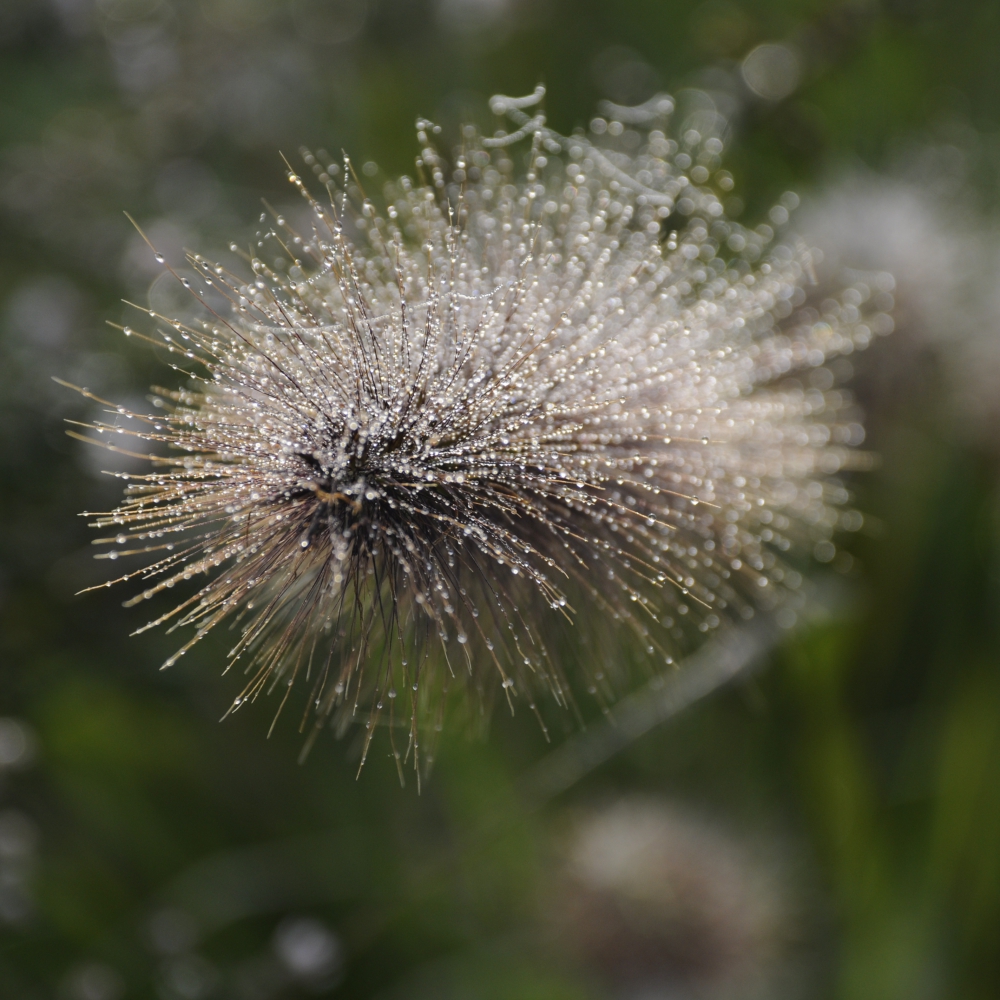Green & Gorgeous Flower Farm
I found out about Green & Gorgeous in a magazine and paid a visit on a Saturday late in June. It was a blisteringly hot and eyeball achingly bright day. Not ideal for photography but hey it was a bit of a trek to get there so I had to make the best of it.
On arrival I was sent off to the sweet pea borders. If ever there was proof that if you’re going to do sweet peas properly you’ve got to plant an awful lot of them then this was it. I could smell them before I could see them. Unfortunately my photos of the sweet peas weren’t very good but if you scratch your screen here you can smell them.
Although the main business here is growing flowers for cutting, particularly in summer in full wedding season, Green & Gorgeous is open on Saturdays for you to pick your own sweet peas and select just-picked stems and produce in the shop. Some perennials are also on sale.
I asked if they minded me taking photos and they didn’t so off I wandered. It was a very pleasant way to spend an hour or so, it was just a shame there wasn’t really anywhere to have coffee. Maybe there was but the poor lady in the shop was on her own and I didn’t have the heart to ask as she was pretty run off her feet.
As well as creating floral bouquets for events they also run courses on topics ranging from how to set up and run a flower farm business to flower arranging, and garden photography with Eva Nemeth.
The photography on their website is lovely and the Instagram feed is pretty impressive too. It was great to see a successful business selling local, seasonal produce that doesn’t have a huge carbon footprint.
For those of you desperate for a coffee or other refreshments there’s plenty on offer in nearby Wallingford or Goring & Streatley (if you can find somewhere to park).
Green & Gorgeous - https://www.greenandgorgeousflowers.co.uk
Did anyone scratch?
New Wimbledon planting project
E&S were having a bit of a nightmare with their garden. The removal of a Eucalyptus tree revealed a hotch potch of different height fences and exposed the garden to their neighbours’ gaze. Sorting the fence out resulted in the loss of a lot of established plants.
The fencing contractor made quite a mess which E&S’s gardener managed to resolve. And E’s first attempt to get some help from a garden designer ended in disappointment. This is how the garden looked when I first saw it. Not the worst starting point but I had quite a task on my hands to make up for all the frustrations of the previous year.
The garden had been very green and lush with none of the neighbour’s houses visible. E wanted to get this look again, but with more flowers and colour. The borders also needed reshaping to give a better structure to the garden.
The first thing that struck me was that the shed was in the wrong place. We moved it from the sunniest spot in the garden to a shadier corner, swapping places with a seating arbour. We also made the stepping stone path more of a feature and by using the same paving as elsewhere in the garden the overall look came together better.
The borders were reshaped from awkward corners and wiggly lines into sweeping curves. And then we selected a palette of plants from evergreens to shade-lovers to E’s favourite vibrant blues and yellows. It was all planted in October so E&S have had a nine month wait to see it all come to fruition.
This project proves that you don’t need a lot of hard landscaping to make a massive difference to a garden. It’s amazing what you can achieve by reshaping the lawn and investing in the right plants.
Thanks to the efforts of E and her gardeners the garden is looking immaculate in July. And it is by no means at its peak, there’s still Rudbeckia, Asters and Sedums to come later this summer. And by next year it will be looking even better.
Wimbledon planting project
In the summer of 2017 I was contacted by A and M and asked to design a new planting scheme for their back garden.
Although the lawn was in very good condition, and even had a mowing strip, most of the rest of the planting left quite a bit to be desired.
Some of the shrubs had been pruned in a supermarket carpark style and the weeds had been left to their own devices for quite some time. There were also a couple of dead and dying trees to take out.
We had a huge clear out of most of the shrubs, a tree surgeon took care of the dead and dying trees, grinding out the stumps where necessary, and then followed the mother of all weeding sessions. Finally the garden was ready for planting.
The colour palette was based partly on some of the plants already in the garden, mostly blue and purple. The rest of the scheme was a cheeky combination of white, orange and dusky pink.
There wasn’t much to see in the first autumn but by March, despite the Beast from the East, and the Mini-beast, the bulbs were making a brave appearance.
The first of the perennials to get going was Geum Totally Tangerine, so good it flowered twice. This was followed by Papaver Patty’s Plum, almost good enough to eat.a
Despite the scorching sunshine and relentlessly high temperatures, and thanks to a lot of watering the rest of the perennials flowered through June and July.
The weeding was relentless. That’s what happens when weeds are left unattended and then you fertilize the soil and water the germinated seedlings.
Some plants, including the delicate Echinacea pallida, suffered at the paws of a youg dog. And some were trampled to death, yes really, by pigeons scavenging underneath the bird feeder.
The planting has performed really well, despite the extreme weather of 2018. Now in September, it’s still looking good.
We’re looking at doing a bit of editing. Some parts of the garden are shadier than I thought, and some drier, even though there’s an irrigation sytstem. And some of the plants savaged by the puppy need to be replaced.
But this is all part and parcel of gardening. Nothing stays the same, some things do better and some things do worse than you expect.
I’ll leave most of the perennials standing through the winter and cut them all back in February. That will be a good time to move some of the grasses from the shade to the sun.
Fingers crossed there won’t be quite as many weeds in 2019, and hopefully the weather will be a bit more benign….
2018 - A good year?
Is 2018 - a good year to remember, or not? Maybe not for some reasons, but, politics aside, ignoring natural and man-made disasters, bad tempers and bad news in general, here is the good news round up of 2018 in the small corner of the world occupied by Arthur Road Landscapes.
A new year, a new day and a new camera on the beautiful island of Barbados. Not too much in the way or horticulture here but when the landscape looks like this who needs a garden?
But of course I couldn’t resist another visit to Hunte’s Gardens.
Having cleverly avoided the Beast from the East, but running full pelt into the Mini-beast, I made a beeline for the Palm House at Kew for a bit of warmth and humidity.
The cold winter and the sudden arrival of a very warm, but late, spring (who knew what was to come?) meant a very good year for bluebells. This little woodland of oak and ash was discovered by my parents in deepest Berkshire.
May means Chelsea. This was my favourite garden, by Sarah Price. Not everyone’s cup of tea, but definitely mine, I’m just waiting for a commission for somewhere in the Med…
At the end of May I visited Lukesland on the edge of Dartmoor. Spring was a little later here so this Wisteria was still in its full glory.
June sees the climax of our native wild flowers. Driving around Surrey I love the road side verges covered primarily in ox-eye daisies. Parts of the M25 are quite spectacular, something to enjoy whilst sitting out a traffic jam. It’s quite tricky finding somewhere to park and photograph them (I haven’t stopped to take any photos on the M25 I hasten to add).
The heat wave started around the middle of June I seem to remember. I went to Loseley Park before the weather began to take its toll and the White Garden here was looking splendid. Of course the thing about white gardens is that they’re not completely white.
July and August seem to have been swallowed up in a blaze of sweltering heat and guilt about using a hosepipe (sorry/not sorry) but at the end of summer I went to The Homewood in Surrey. I hadn’t expected much of the garden but even I was charmed by the heather, Scots pines and rhododendrons.
A very busy autumn meant little time for visiting gardens but I did manage to get the odd half hour or so on Wimbledon Common. Being outside in bright sunshine whenever possible is my way of dealing with short days and long dark nights.
This is beginning to sound like I haven’t done much work in 2018. Well it’s been a funny old year, a mixture of feast and famine. This sweet little courtyard in Twickenham was completed early in the year. The owners are bird mad so hopefully this spring will see a few new residents in the bird boxes.
A large back garden project which has taken a couple of years, was finally planted in October. There’s not too much to see plant-wise at the moment but I’m looking forward to seeing it develop next year.
Maybe not a vintage year but not a bad one either.
Like these photos? Follow me on Instagram.
The evolution of a garden
I first met M&S in May 2012. They had been living in the converted dairy for about 18 months before starting to focus on the garden. They wanted a modern country garden but without roses, delphiniums or pinks, and their most immediate priority was to create a visual barrier between the garden and the passing dogwalkers.
I first met M&S in May 2012. They had been living in the converted dairy for about 18 months before starting to focus on the garden. They wanted a modern country garden but without roses, delphiniums or pinks, and their most immediate priority was to create a visual barrier between the garden and the passing dogwalkers.
The design took about nine months to finalise and then it was a further three months or so before the contractor started work.
What originally looked like a field turned out to be a thin layer of so-so turf, by now more than knee high, over the broken up hard standing of the milking parlour. And under the rubble lay several huge blocks of concrete and a couple of underground chambers. Several diggers and grab lorries later, plus tonnes of new topsoil and by June 2013 the garden was almost ready for planting.
Most of the planting was done in July 2013, but not before a massive weeding job was done on the new borders (the result of not mowing for the best part of two years, and being next to a field). The plants looked pathetically small when they went in. The fact that it was a mini heatwave meant the hose was on a lot on the first few weeks.
By August though some of the perennials were really going for it. The hedge of Calamagrostis, planted to help keep the neighbouring dog walkers at bay, was being stubbornly slow to put on any height.
During the winter the new tree, a Sorbus aria Lutescens had gone in, plus a new hedge of beech whips. The grass hedge was still low though and the dog walkers enjoyed the view of the garden for a bit longer.
By April the hundreds of bulbs planted in the autumn were starting to appear, giving a shot of bright colour. The red ones were supposed to be tall but turned out to be comically short compared to the Queen of the Night and Ballerina tulips. The perennials have bulked up a bit through the autumn and are starting to put on a growth spurt.
The first perennials in flower are the Euphorbias and Salvias, punctuated by lots of Alliums. The neighbour's builder wasn't impressed that everything seemed to be blue.
By June 2014 the Salvias are still going strong and the Penstemons, Cenolophium and Sanguisorba are broadening the colour palette.
This garden really takes off in July. Although it faces north there are no tall buildings nearby and most of the trees are on the northern boundary so the whole garden is in sun almost all day. The tall perennials and grasses grow straight up and only a few need staking after heavy rain. The colours are very rich, just what M&S wanted. The bees love the mix of Echinaceas, Verbena and Agastache. And finally the Calamagrostis hedge is tall enough and dense enough to block the view of the dog walkers.
It's still looking really good in August 2014 with the late summer flowers from Echinacea, Gaura and Sedum with the grass Anemanthele filling out.
From August into autumn there's a gradual fading of colour in the garden. But even on a wet November day the structure of the plants is still good, making the garden interesting even in rubbish weather.
The structure of most of the plants holds out until January 2015 and this is how the garden looked before the big cut down. In early spring we mulched the garden, partly to improve the still fairly heavy clay and also to help keep some of the weeds at bay. The former was more successful than the latter.
The display in July 2015 was even more spectacular than the previous year.
By July 2016 most of the perennials have reached maturity. We are starting to notice one or two problems though. The lovely blue Agastache has given up the ghost after a winter of very heavy rain. And two patches in the garden are causing some problems, one because it seems to get inexplicably wet and the other has no apparent cause. In the latter some of the Cenolophium and Calamagrostis have died. Yet both are doing well just a few yards away. We've replanted both areas since, with mixed results. It's still a work in progress but Japanese Anemones seem to tbe managing quite well.
And here we are in July 2017. We have already divided some of the Rudbeckias and Calamagrostis to plant elsewhere in the garden. Some years the Euphorbias are splendid, some years they just die. The Anemanthele, a short-lived grass, has pretty much had it. Some have been replaced but this autumn the gaps could be filled by the successful Veronicastrum virginicum. The Salvias have had a bit of a time with slugs and snails and the weeds are unrelenting. But finally the beech hedge has formed an almost solid screen between the garden and the field.
In the years between making a start on the garden and now the clients have built a new garage, converted the old garage into another room, built a kitchen garden, filled in a ditch, had a baby and adopted two hedgehogs. I'm still hopeful the pond that was part of the original design but postponed indefinitely might be on the cards again.
Gardens,are always changing, making them unbelievably infuriating at times but also marvellously challenging and rewarding.
Return to the Hungry Cyclist's Garden
It's a treat to go back to a garden you've fallen in love with and see it anew in a different season.
Last time I was in The Hungry Cyclist's garden it was, literally, blazing June with many of the flowering perennials at their peak
Now at the end of September its the turn of later flowering plants, fruit and trees.
The low light early in the morning (8am rather than 5.30) filters through the wilting flowers and grasses, highlighting the dew and cobwebs.
The stalwarts of late summer include Sedums and Persicarias, whilst Lavander and Perovskia are just about hanging on to their faded blue stems.
The fruit trees are fully laden, the changing leaves are drifting towards earth and a deep mist hangs across the valley after a night of heavy rain.
It's tempting at this time of year to get into tidy-up mode. But if you do it now you face a long winter of stasis
This is when you might be glad of a little more structure in the garden, like these rough square beds, creating views across the garden.
At the other end of the day the light is softer.
Early evenings in autumn are a real pleasure in good weather, a good time to enjoy the view.
And the fruits of nature.
The Hungry Cyclist/Gardener.
A big thanks to Tom, Chris, Desna, Nicola, Rob, Sarah and Susannah for a fab week. And finally, the real star of the garden - Mirabelle
The Hungry Cyclist - www.thehungrycyclist.com
The best long-flowering plants
At the height of summer some gardens are beginning to run out of steam. I'm always on the look-out for flowers that have staying power and these are some of my favourites.
Verbena bonariensis is one of the most requested plants by my clients, even if they don't know its name. It flowers on tall wiry stems from June until mid-autumn and will only lose its structure after a heavy frost. It doesn't live long but as any gardener will tell you Vb self sows with complete abandon, almost to the point of being really annoying. Give it lots of sun and almost any soil except really heavy clay. Vb's little brother Verbena lollipop grows well in a pot if you're strapped for space.
Looks good with Echinacea purpurea, Helenium Waldtraut and Calamagrostis x acutiflora Karl Foerster.
Anthemis tinctoria starts a bit earlier in the year. Most, like A.t. Sauce Hollandaise or EC Buxton, prefer light and free draining soils and should be cut back hard after flowering. They make good cut flowers if you can bear to take them out of the garden.
Looks good with Geranium Rozanne, Knautia macedonica and Verbascum chaixii.
One of the stars of the late summer garden Aster x frikartii Monch starts flowering in July and will go ontil mid-autumn. Loved by insects, this plant likes fertile soil with some moisture to produce its best efforts although it will survive most conditions.
Looks good with Euphorbia characais Humpty Dumpty, Penstemon Alice Hindley and Rudbeckia fulgida var, sullivantii Goldsturm.
Penstemon Garnet is my go-to plant for a reliable red flower that doesn't get powdery mildew and lasts more than one summer. Like many plants in this list it likes full sun and fertile soil. I've had some disasters with heavy clay soil. It is not 100% frost-proof so whilst I dead-head it through the summer I don't cut it back fully until early spring. Confusingly this is also callled Penstemon Andenken an Friedrich Hahn and you will often see both names on the label. Most Penstemons are equally long-flowering and other favourites of mine include the deep purple P. Raven and the light blue P. Alice Hindley.
Looks good with Centranthus ruber Alba, Pennisetum Red Buttons and Salvia sylvestris Dear Anja.
Another great red flower, Potentilla Gibson's Scarlet is at the fire-engine end of the spectrum. It's great for the front of the border but give it plenty of room as the flower stems reach out further than you would think if planting early in the year. Full sun and well-drained soil will keep the plant happy.
Looks good with Geum Princess Julian, Agapanthus Black Pantha and Gaura lindheimeri Siskyou Pink.
If you can only have one of these plants in your garden this is the one I'd go for. Rudbeckia fulgida var. sullivantii Goldsturm flowers from July until late autumn and continue to look good through the winter if the weather is not too wet and windy. And, even better, it loves heavy clay soils, perfect for London.
Looks good with Helenium Moerheim Beauty, Verbena bonariensis and Phormium Yellow Wave.
Rosa Iceberg can be grown as a shrub but as it is pretty vigorous I think it's better as a climber. It produces a magnificent flush in June and if you dead-head properly it will continue to flower on and off until December. It doesn't have a strong scent but is usually pretty healthy. Like most roses is is as happy as Larry in clay soil.
Looks good on its own.
Winner of the RHS Flower of the Decade competition Geranium Rozanne doesn't really get into its stride for a month after most of the other blue Geraniums like G. Orion or G. Johnson's Blue. But once it does get going there is no stopping it, most I know go on until November and they don't need dead-heading. It will even grow in quite a bit of shade but for the best results plant in full sun in almost any soil except that which is waterlogged.
Looks good with Persicaria amplexicaulis Firetail, Phlomis russeliana and Salvia nemoraosa Caradonna.
The poster flower for the millenial trend of prairie planting Echinacea purpurea will probably outlast many others that don't like the general dampness of our climate. Strikingly architectural, even after the colour has faded, they are a favourite of gardeners and pollinating insects alike. It can take a few years to bulk up so it's not a plant to be impatient with. It likes full sun and well-drained but not dry soil - not picky at all - but worth it. This one is E.p. Magnus Superior but there are many different varieties and colours. I've not had much luck with the orange ones but E.p. White Swan is a reliable and good-looking culltivar.
Looks good with Gaura lindheimeri Whirling Butterflies, Sedum spectabile Autumn Joy and Calamagrostis brachytricha.
And finally, Erigeron karvinskianus, sometimes called E.k. Profusion or Mexican Fleabane. This is the plant you will see self-sown in the paving at National Trust properties. It flowers ceaselessly from May until November and does not need dead-heading; the newly emergent flowers are white, fading to pink as they age. It's great at the front of the border, keeping weeds at bay with its carpeting growth, and I like to plant it in pots. It's fairly unfussy about the conditions it grows in making really good value for money and it's self-sowing habit means it's quite difficult to kill!
Looks good with Olea europea, Stipa tenuissima and Sisyrinchium striatum.
Polesden Lacey
There's been a house at Polesden Lacey, on the edge of the Surrey Hills, since 1336. The gardens, however, owe most of their present form to Edwardian society hostess Margaret Greville.
As usual, short of time, I didn't go into the house. The exterior is attractive and provides a lovely backdrop to the extensive gardens.
The gardens are amongst the most popular of the National Trust's properties and considerable effort has gone into keeping them in good condition. Many of the plants were labelled - handy at times.
The star of the garden, in late July at least, are the long borders.
I didn't pace them out but I reckon it would take Usain Bolt a good 12 seconds to run them at full speed.
Highlights of the late summer borders are the statueque Kniphofia Tawney King, Verbascum bombiferum and various Phloxes, Achilleas and Salvias.
Next to the Long Borders is the Rose Garden. Not quite my cup of tea, and at this time of year the roses are fading, but it is on an epic scale. I did like the pergola tunnels of running the full length of the walled garden.
Round the corner is the Cutting Garden. Although there was an extensive cutting garden in Margeret Greville's time, it was a bit futher away from the house than it is now.
The richness of the Dahlias and other flowers such as Verbena bonariensis tell you we are moving into late summer. Like all good working gardens, there is a gardener's bothy.
This one seemed to be more for show than work though.
I stumbled across the meadow almost by accident. Paths have been mowed through the wild flowers and ornamental trees are planted seemingly randomly throughout.
One of these was Acer griseum, also known as the Paperbark Maple - for obvious reasons.
The hunt for a loo took me past a second hand bookshop (no time for that) into the woods and finally back for one last look at the Long Border.
I would have stayed for tea and cake but I had a meeting with a new puppy which was slightly more appealing. However, I have had coffee and cake there before, quite good from memory, even though the queue was overly long.
Although the carpark was full and it was the school holidays, the grounds are so large it never felt crowded and at times I was lone in parts of the gardens. Fab. I think of the National Trust gardens I've seen this is second only to Hidcote.
Polesden Lacey - https://www.nationaltrust.org.uk/polesden-lacey
The kitchen garden at Chatsworth
If there's ever a place to get kitchen garden envy, it's got to be at Chatsworth House. First off, it's huge. Secondly, there are three full-time gardeners. A stream runs through it, good enough to bottle and sell (and they do), more greenhouses than you can shake a stick at and oh, there's the view...
This bench, at the top of the west-facing sloping kitchen garden, has a good view of the two and a half acres, the top of Chatsworth House and the stable block and the Capability Brown landscape on the other side of the River Derwent. But I didn't think to take a photo of all that, you've just got to take my word for it.
(By the way, my most hated combination of colours is pink, yellow and turquoise, but somehow it seems to work here.)
Like all good kitchen gardens, there are a lot of flowers, grown principally for cutting. Some are also grown as companion plants for the fruit and vegetables. These Sweet William were at their peak in late June (the season seems to be a couple of weeks behind SW London).
The Delphiniums were perfect, no slug damage and no stakes. I think Delphiniums are at their most striking just before the flower buds open completely.
I had never considered Foxgloves as possible cut flowers, but why not? Plus, the bees love them, great for helping to pollinate the fruit and veg.
And I've never seen such amazing Peonies in such huge quantities before. These look like Buckeye Belle and Felix Crousse, completely OTT and perfect for midsummer.
Around the edge of the kitchen garden there were stone walls, Yew hedges and odd wildflower invaders, like this Dog Rose. You wouldn't weed this out would you?
The heart of the kitchen garden though is the fruit and vegetable area. All the produce goes straight to the house. The large greenhouses keep the house supplied with grapes, melons, lemons and even fresh ginger. The cold frames ensure salads have an early start.
And of course it wouldn't be a kitchen garden without the head gardener's bothy. This one has been preserved from WWII, complete with a copy of Dig for Victory, an old stove, terracotta pots and string. All gardeners need string.
The herb garden is extensive and contains interesting varieties like banana mint which tastes nothing like banana or mint. This Thyme was nice though.
Did I mention the Delphiums were good?
So, I know you're dying to know how the tea and cake were. Frankly, your best bet is to buy the cake from the Chatsworth Farm Shop (and the rest of your picnic as well - I can recommend the filled rolls and the Scotch Eggs deserve a special mention) and take a flask of your own tea. The garden is huge (we were there for four hours and didn't see it all). The Farm Shop stuff is much better (and cheaper) than anything they sell at the house, and the queues are shorter.
Next month - That trout stream - did Dan Pearson's Chelsea garden do it justice?
Chatsworth House - http://www.chatsworth.org/
The Farm Shop - http://www.chatsworth.org/plan-your-visit/shop-and-eat/chatsworth-estate...
The visit to Chatsworth House was at the end of a fab weekend with Desna, Rob, Sarah and Logan the dog.
Hauser & Wirth
Durslade Farm in Bruton, Somerset, is the latest outlet for the international art dealers Hauser & Wirth. In 2013 they commissioned Dutch plantsman Piet Oudolf to design a garden for the gallery. The plants were supplied by our favourite nursery, Orchard Dene, and the garden was planted in the spring of 2014, one of the wettest on record.
Those of you familiar with Oudolf's style will not be surprised to see huge borders of long-flowering perennials with little in the way of traditional structural plants like evergreen shrubs. For those of you not familiar with his style the garden can appear unstructured and lacking in focal points. There tends not to be the huge summer climax followed by assiduous cutting back, pruning and tidying that we are used to in traditional English gardens.
Rather the garden starts slowly in the spring. But once the perennials get going there is wave after wave of billowing flowers and grasses. As summer moves into autumn the seed heads of faded flowers start to predominate. Rather than cut them back Oudolf leaves the seed heads to stand as long into the winter as possible. Indeed, Oudolf selects his plants as much for the way they move into senescence as he does for their colour in high summer.
September marks a shift in focus from colour to form. Here we can see the seed heads of Echinacea pallida silhouetted against the still frothy flowers of Deschampsia. Oudolf is not obsessed by mixing and matching colours but by combining shapes and textures.
There are few tradtional English gardeners who would put orange and pink in the same view but here Oudolf is contrasting the cone shaped flowers of Helenium Moerheim Beauty with the flat heads of Sedum matrona with some fluffy Pennisetums and amorphous Asters.
This way of designing with plants has been termed "The New Perennial Movement" and Oudolf is its pre-eminent practitioner. The most notable way of imlementing this idea is with "block" planting - single species in large groups to make a big impact. As an idea it has been going longer than I've been a garden designer and it has influenced my own planting design.
Oudolf's ideas have not remained stuck in a rut however. He has picked up on the scientific developments in matrix planting. This is based on the work carried out primarily at Sheffield University by Professors James Hitchmough and Nigel Dunnet and also by Dr Noel Kingsbury.
Matrix planting combines plants that do not compete with one another. They may flower at different times and have completely different forms and, to a certain extent, different requirements in terms of light and water. A lot of their research was brought to bear on the summer meadow planting at the Olympic Park in 2012. Matrix planting produces more of a tapestry effect and at Hauser & Wirth Oudolf has used block planting in some borders and matrix planting in others, to great effect.
Enough of the garden design theory. It was a beautiful day when I went with friend and fellow designer Lisa Cox. There was thick fog most of the way from London but it was just starting to lift as we arrived. The garden didn't open until 10am so we had to amuse ourselves with second breakfast and a walk around the gallery.
The sun was hazy and at a low angle, perfect autumn weather. Its always a difficult balance between looking at the whole garden, taking it all in, and looking at parts of the garden through a lens.
Photography does focus your concentration though and makes you look at things you might miss on a broad sweep across the garden. However, it does also mean that people don't always recognise the garden you are photographing as they are not looking at it in the same way.
Taking photos does highlight some peculiarities. For example, I took this one of Verbena bonariensis. Beloved of New Perennial designers and these days ubiquitous, I suddenly realised that this was the only one in the whole garden. Surely this wasn't intentional? A mistake then - but by whom? Or is it a joke? We also saw one lone Lobelia...
Hauser & Wirth in Somerset is primarily concerned with art. There is some sculpture outside, some more successfully placed than others. The giant clock in the garden is a bit wierd I think but the spider in the courtyard is striking. There is a book shop and of course, a cafe and restaurant.
As we were there early there was time for second breakfast of coffee and toast and jam. Reasonably priced, tasty and in an art-filled cafe, I enjoyed it all. The farm buildings have been restored in a fabulously rustic/trendy style - lots of concrete, wood, clay tiles and old brick walls.
The Hauser & Wirth experience is not to everyone's taste of course, one client described it as "a pretentious place, nasty art and not at all my idea of a garden!". I can't do anything about her taste in art but I do hope she'll go back and have another look at the garden.
Hauser & Wirth Somerset - http://www.hauserwirthsomerset.com/garden
Orchard Dene Nurseries - http://www.orcharddene.co.uk/





